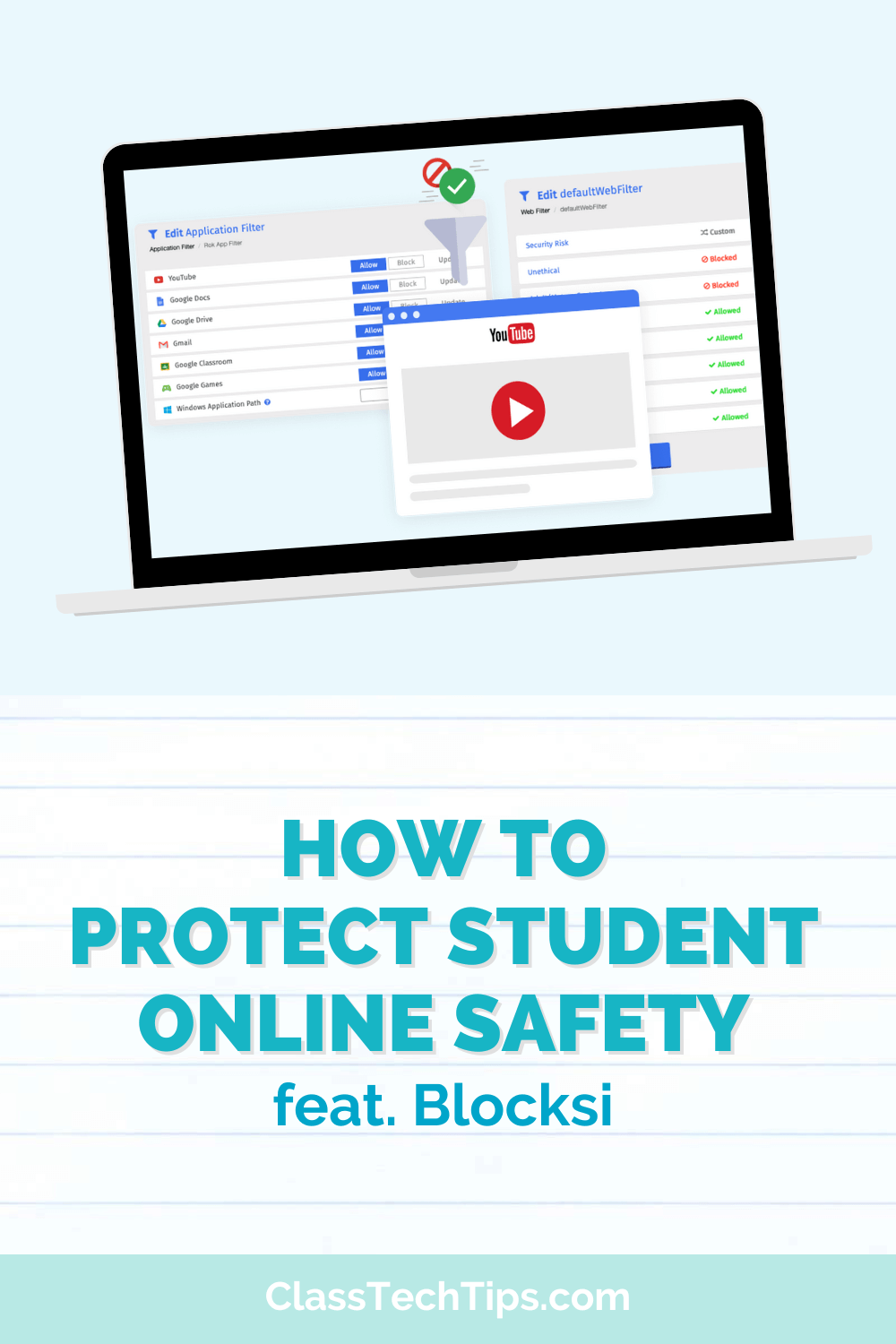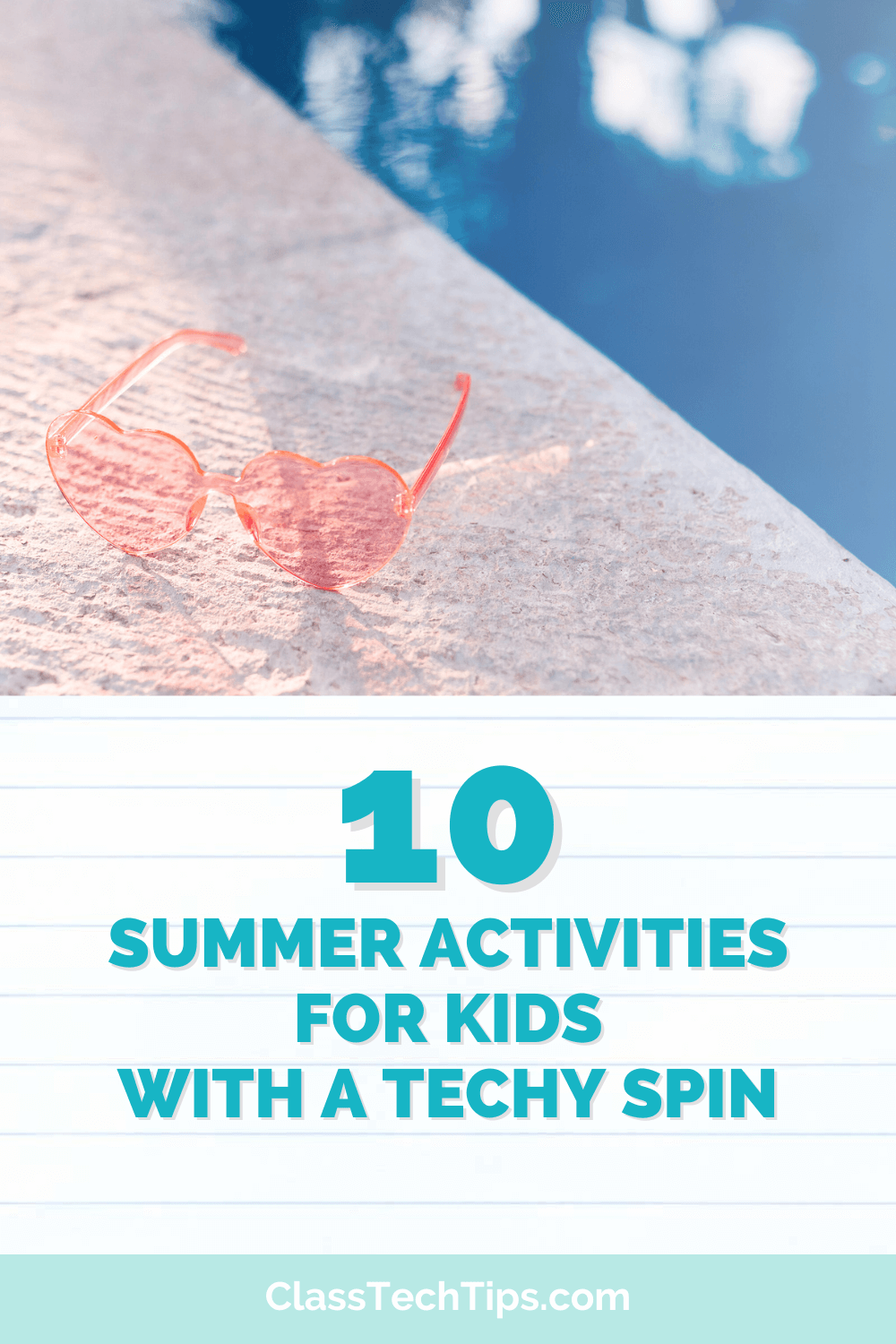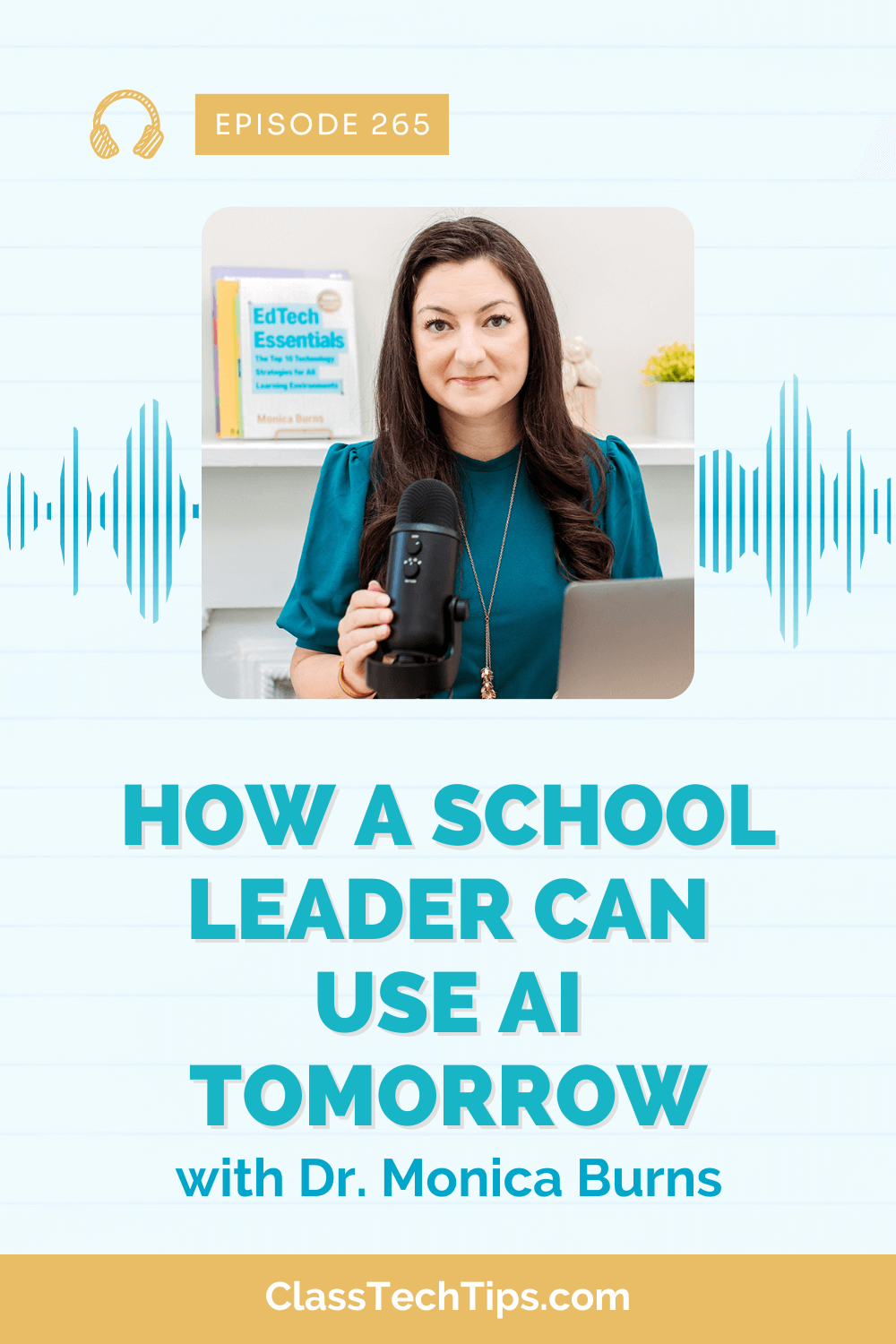This post is in partnership with GoGuardian. All opinions are my own.
This school year is very different than any in the past — and that is truly an understatement. This fall, I connected with the team at GoGuardian. They have a new report that features highlights from their research on student engagement. They’ve broken down the report into two categories to provide insight into best practices for student engagement.
Let’s jump into their findings around best practices for student engagement. And if you can’t wait to see the full report, use this link to download it for free.
How Instructional Practices Impact Student Engagement
The research report found that a critical factor influencing engagement in the learning experience was a teacher’s instructional practices. More than just the lesson plan, the research showed how consistent opportunities for students to share their learning, having clear objectives and directions shared with students, and encouraging creative expression are all best practices for strengthening student engagement.
Regular Checks for Student Understanding
Frequent readers of the blog know that I’m always on the lookout for strategies to support formative assessment. This year’s GoGuardian State of Engagement Research Report found that regular checks for student understanding was an instructional practice that influences student engagement.
By conducting checks for student understanding consistently and purposefully, teachers can also have a pulse check from students. This helps inform future instruction by providing information on who needs additional support.
Clarity of Directions and Objectives
Articulating clear objectives and directions for a lesson was another instructional practice that appeared in the field research. With a solid plan for instruction and delivery, teachers can communicate expectations to their students.
In addition to having a level of transparency with objectives for a lesson, communicating clear objectives is also important. Students should understand what is being asked of them and the goal of a particular lesson.
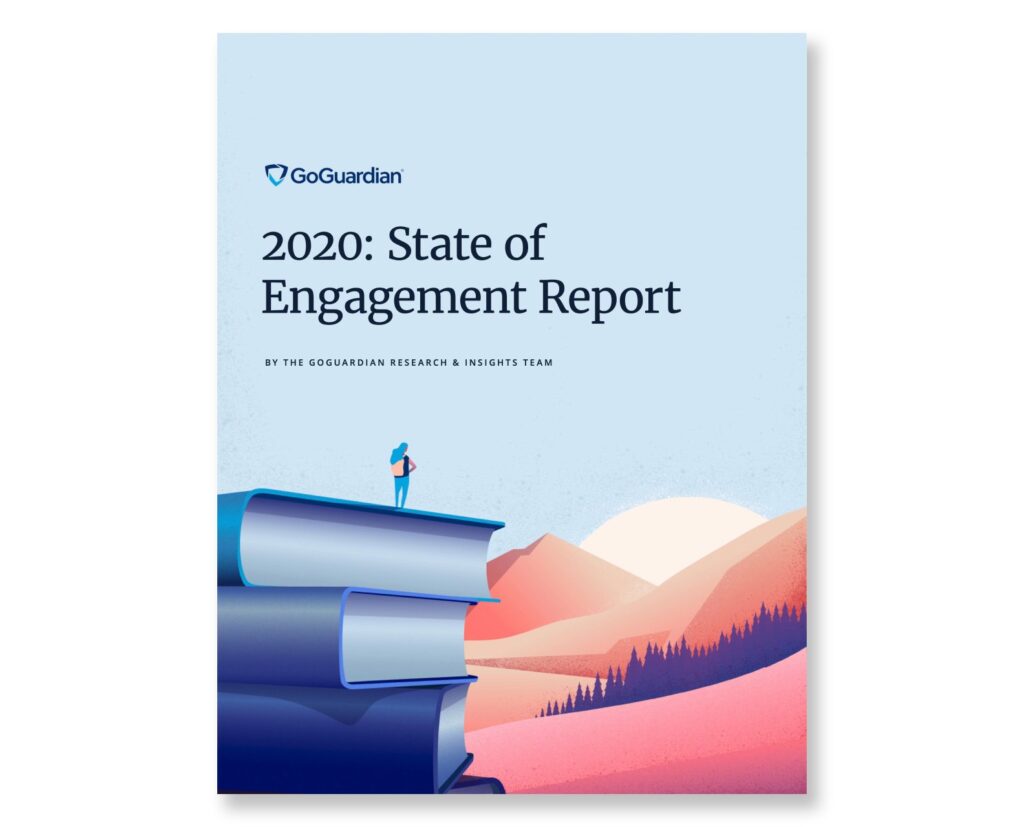
Developing Students’ Metacognitive Skills
The GoGuardian State of Engagement Research Report also found that to create engaging learning experiences for students, developing a student’s metacognitive skills are essential. Teaching students metacognitive skills to examine their learning asks them to think critically about the way they learn.
How does this look in action? Carving out time for students to reflect on their learning is so important. Thinking aloud as you model for students is a great place to start, too. Show students how you notice your own thinking by purposefully pausing as you think about a task aloud.
In addition to the best practices listed above, there are two more you can add to your list based on the report’s findings. When a teacher serves as a facilitator instead of a lecturer, student engagement increases. This is a result of how they participate more in the schoolwork in the classroom environment. The report also shares how encouraging productive play and creative expression is another finding important to embrace. This can include playful and creative moments throughout the school day, such as acting out scenes from a book.
How the Structure and Activities of a Lesson Impact Engagement
The first key factor influencing engagement in the learning experience was instructional practices implemented by the teacher, and the second is the structure and activities of a lesson. The GoGuardian State of Engagement Research Report 2020 found seven practices in the structure and activities of a lesson that can increase student engagement.
Ways to Increase Student Engagement
Let’s breakdown the seven ways to increase student engagement through the structure and activities of a lesson:
Enable gamified experiences: Gamified experiences in the lesson can include classroom-wide competitions to games played by individuals, emphasizing personal growth.
Facilitate opportunities for students to create: Readers of this blog know that I often share creative activities for students (including this post on gratitude activities). From writing stories to designing a new game or app, students can create in both online and offline experiences.
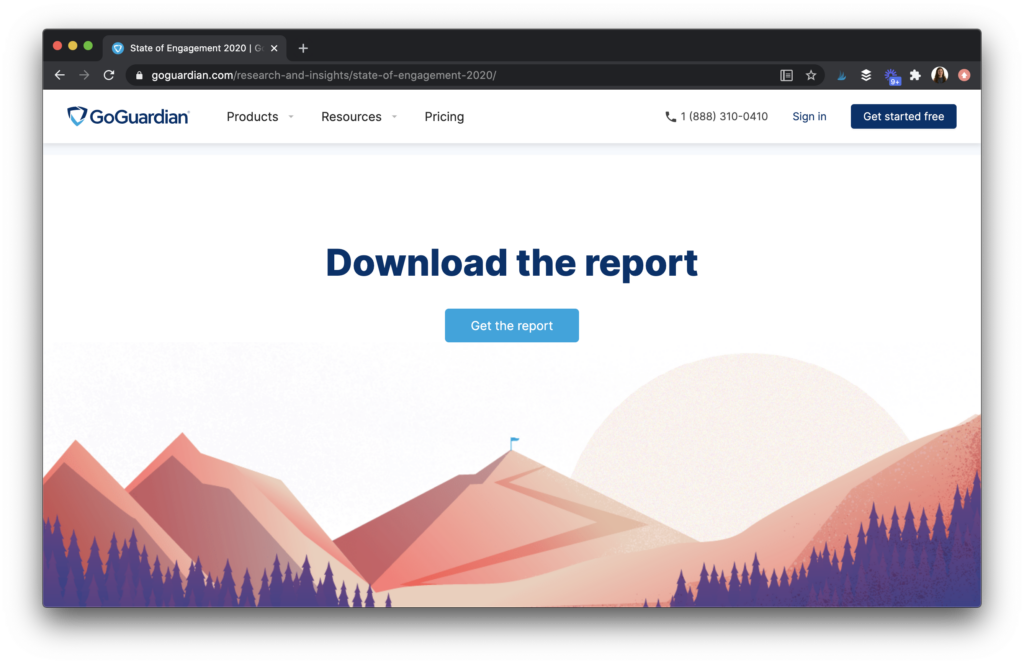
Student Engagement Research
Creates a sense of urgency: Creating a sense of urgency can certainly look different in every classroom. For example, you might rotate groups of students between activities or maintain a quick pace throughout a lesson.
Encourages academic discussion: Designing a lesson where students can talk about the topic at hand is essential. By promoting academic discussion, teachers can give students a chance to process information and share their own ideas.
Enable student choice: Student choice can certainly take many forms. This can include choosing the topic of a research project to picking a video to watch. Incorporating student choice doesn’t have to be free for all but can include guidance and support throughout the process.
Integrate interactive and hands-on experiences: From a virtual tour in Google Earth to building a model of a historical event, interactive and hands-on experiences promote engagement, too.
Require students to carry the cognitive load: Students take on the heavy lifting of thinking critically. They are the ones working through problems in the classrooms. This might include a combination of independent and collaborative work, too.
As you examine student engagement this year, this report is certainly an excellent resource for gathering ideas and helping create a strategic plan. This blog post covers the highlights from the GoGuardian State of Engagement Research Report 2020, and you can download the full report from GoGuardian here!


